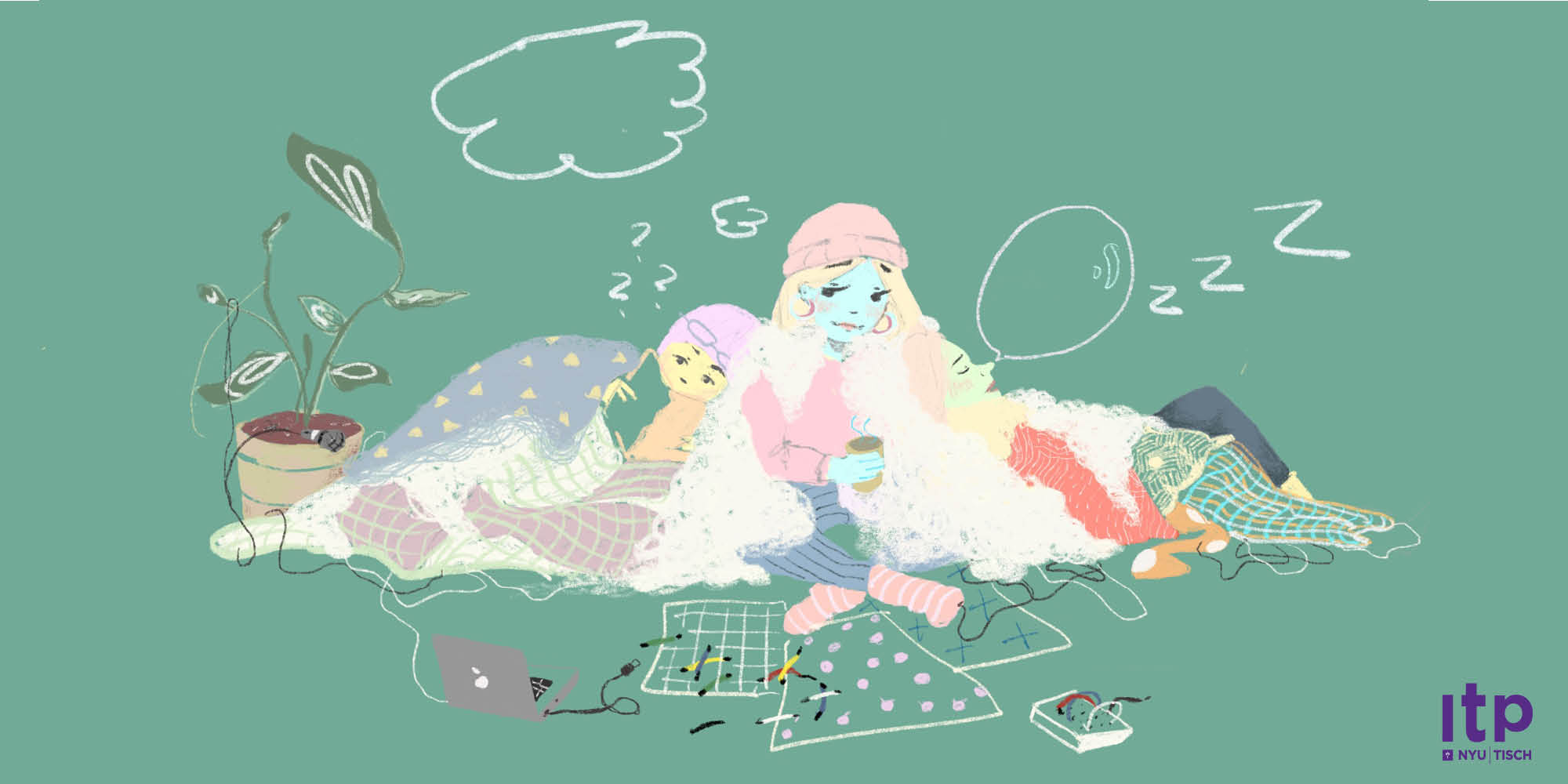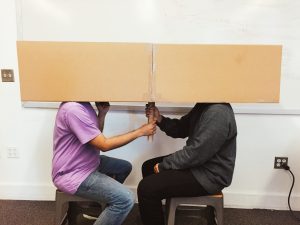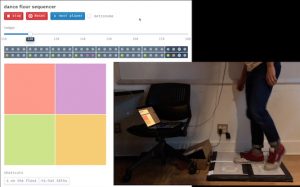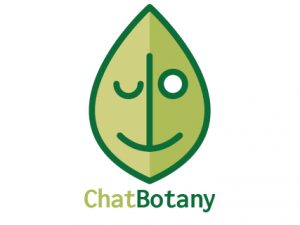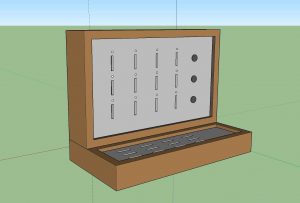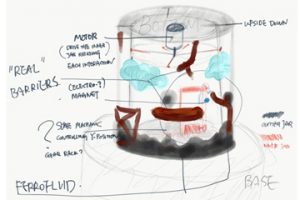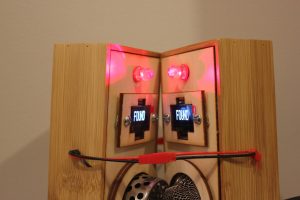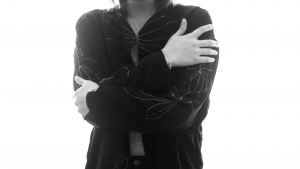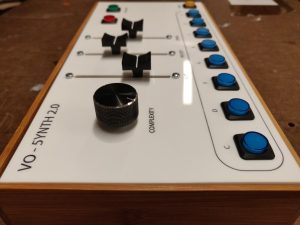Jaekook Han
Focus and listen.
https://expandingexperience.kr/ITP
Description
Focus Helper is an installation that helps people reduce the misunderstanding in conversation. Its design is based on people's behavior in conversation. People use their whole face to communicate such as eyes, mouth, ears and facial expressions. So I use a Fresnel lens to magnify their face and limit their visual from interruption of the environment. Also, people who want to understand the conversation, they write the note or recording, so I made an archiving website based on that behavior. The button on the handle activates the p5.speechRecognition. The whole part will make with wood and it has legs, and it also uses a mic, two headphones. The website will make on Github, so participants who come to Winter show can review their conversation after their experience of the Focus Helper.
Classes
Introduction to Computational Media, Introduction to Physical Computing
